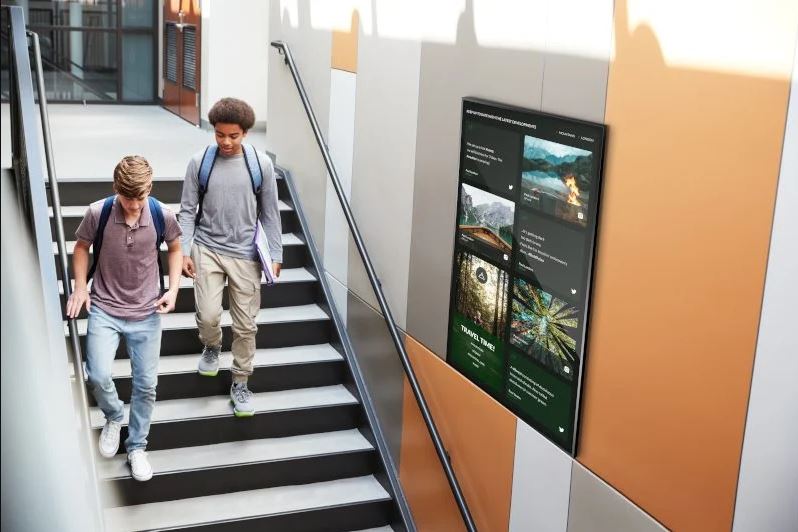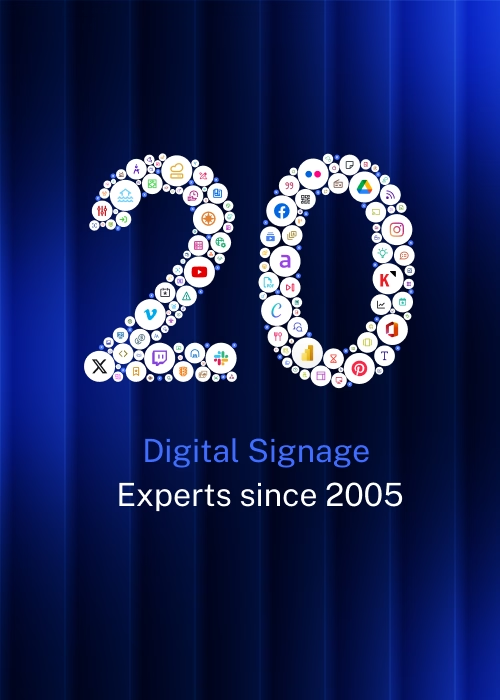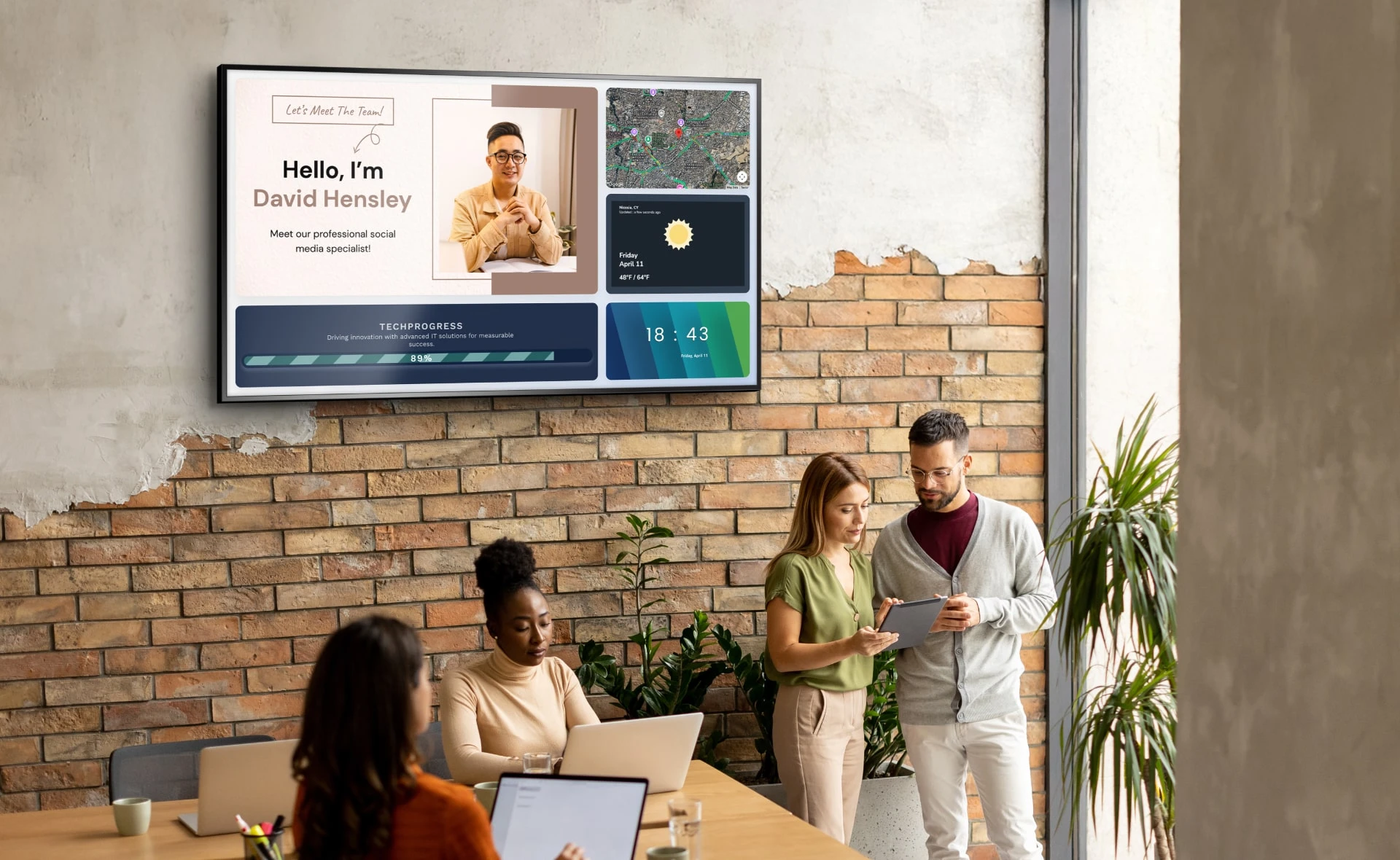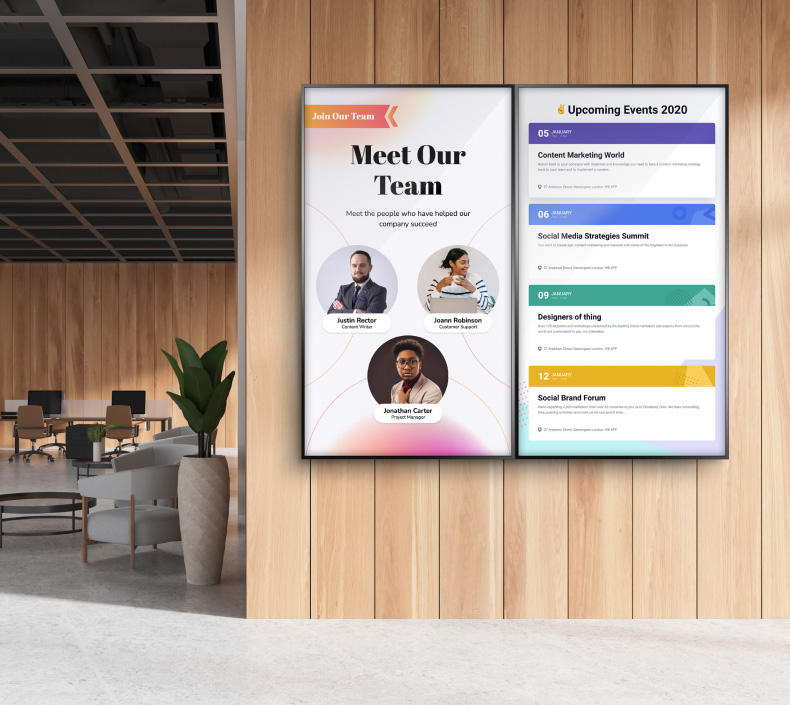Interactive Kiosks In Education: Transforming Learning Spaces
The integration of interactive kiosks in education is revolutionizing learning environments across the globe. These digital tools are not only enhancing the way information is delivered but are also transforming classrooms into interactive, student-centered spaces.

As educational technology continues to evolve, interactive kiosks are emerging as a pivotal component in the digital education landscape, offering new opportunities for engagement, personalization, and efficiency. This article explores the multifaceted impact of interactive kiosks in education and their potential to transform learning spaces.
Overview of Interactive Kiosks in Education
Interactive kiosks are digital terminals equipped with user-friendly interfaces designed to facilitate a variety of educational tasks. These kiosks are increasingly being integrated into classrooms, libraries, and other educational settings to support a wide range of functions.
They provide students and educators with access to digital textbooks, multimedia content, and online resources, enhancing the learning experience by offering diverse and rich educational materials. In addition to educational content, interactive kiosks can also host applications for language learning, scientific simulations, and virtual field trips, allowing students to explore new subjects in engaging and innovative ways.
The versatility of these kiosks makes them an invaluable asset in modern educational environments.
By incorporating touchscreen technology, interactive kiosks offer an intuitive way for users to interact with educational content, making learning more accessible and engaging.
The touch interface is particularly effective in helping younger students or those with limited technological proficiency to navigate educational programs easily. Moreover, the interactive nature of these kiosks promotes active learning, where students can participate in quizzes, interactive lessons, and educational games. This hands-on approach to learning fosters better retention and understanding of the material.
Furthermore, these kiosks can be customized to fit specific curricular needs, enabling educators to tailor the content and applications to their classroom requirements. This customization ensures that the technology aligns with educational goals, thereby maximizing its impact on student learning and engagement.
Enhancing Student Engagement
One of the most significant benefits of interactive kiosks in education is their ability to increase student engagement. Traditional teaching methods often struggle to maintain the attention of students, particularly in today's digitally driven society.
Interactive learning through kiosks allows students to engage with multimedia content, including videos, animations, and interactive simulations, making the learning process more dynamic and interesting. According to a study by the Journal of Educational Technology & Society, the use of multimedia in education can improve student engagement by 25% (source: Journal of Educational Technology & Society).
This increased engagement translates to better retention of information and a more enjoyable learning experience.
Supporting Diverse Learning Styles
Interactive kiosks cater to various learning styles and needs, providing personalized learning experiences. Visual learners can benefit from diagrams and videos, while auditory learners can utilize audio resources.
Kinesthetic learners, who learn best through hands-on activities, can interact with touchscreen features to enhance their understanding of concepts. The ability to customize learning experiences ensures that all students, regardless of their preferred learning style, can benefit from the content provided.
This personalization is a key aspect of modern educational technology, allowing for a more inclusive and effective educational environment.
Streamlining Administrative Tasks
Beyond enhancing learning experiences, interactive kiosks can significantly streamline administrative processes. Tasks such as attendance tracking, scheduling, and information dissemination can be efficiently managed through these kiosks.
For example, students can quickly check in for classes or access their schedules without the need for manual input from educators. This automation not only saves time but also reduces the likelihood of errors. According to research by EdTech Magazine, schools that implement digital administrative tools can reduce administrative workload by up to 30%. This efficiency allows educators to focus more on teaching and less on administrative tasks.
Facilitating Collaborative Learning
Interactive kiosks also play a crucial role in promoting collaboration among students. Many kiosks are designed to support group activities, where multiple students can interact with the content simultaneously.
This feature fosters a collaborative learning environment where students can work together on projects, share resources, and discuss concepts in real time. Collaborative learning has been shown to enhance critical thinking skills and improve academic performance.
A study by the American Educational Research Association found that students who engage in collaborative learning activities perform 20% better on assessments compared to those who learn individually. Interactive kiosks make it easier to implement these collaborative activities in the classroom.
Improving Accessibility and Inclusion
Accessibility and inclusion are critical considerations in modern education, and interactive kiosks can help address these needs. For students with disabilities, kiosks can be equipped with assistive technologies such as screen readers, braille displays, and speech-to-text software.
These features ensure that all students have equal access to educational resources. Moreover, interactive kiosks can provide translations and support for multiple languages, making them valuable tools in multicultural classrooms. By promoting accessibility and inclusion, kiosks contribute to creating a learning environment where every student has the opportunity to succeed.
Challenges and Considerations
While the benefits of interactive kiosks in education are substantial, there are challenges to consider. One significant challenge is the initial cost of purchasing and installing kiosks. Additionally, schools must ensure that they have the technical infrastructure to support these devices, including reliable internet connections and maintenance services.
There may also be resistance from educators and students who are accustomed to traditional teaching methods. To overcome these obstacles, it is essential to provide adequate training and support for both educators and students. Schools can also explore funding options and partnerships to offset the costs of implementation.
Future Trends in Educational Kiosks
The future of interactive kiosks in education looks promising, with several emerging trends poised to enhance their impact further. Artificial intelligence (AI) and machine learning are expected to play a significant role in personalizing learning experiences.
AI-powered kiosks can analyze student performance data to provide tailored recommendations and feedback. Augmented reality (AR) and virtual reality (VR) technologies are also being integrated into kiosks, offering immersive learning experiences that can bring abstract concepts to life.
According to a report by MarketsandMarkets, the global market for AR and VR in education is projected to reach $14.2 billion by 2028 These advancements will continue to drive innovation in educational kiosks.
Key Takeaways on the Impact of Kiosks
Interactive kiosks in education hold significant potential to transform learning spaces by enhancing engagement, supporting diverse learning styles, and streamlining administrative tasks. They facilitate collaborative learning and improve accessibility, making education more inclusive.

While there are challenges to consider, such as cost and resistance to change, the benefits far outweigh these obstacles. Future trends in AI, AR, and VR promise to further enhance the capabilities of educational kiosks, offering even more innovative and personalized learning experiences.
As educational institutions continue to adopt these technologies, the impact of interactive kiosks on education will undoubtedly grow, creating smarter and more effective learning environments.
What We Can Do
Educators and institutions are encouraged to explore the use of interactive kiosks in their learning spaces. By integrating these digital education tools, schools can create more engaging, personalized, and efficient educational environments.
Share your experiences and insights on implementing interactive kiosks, and contribute to the ongoing development of this innovative educational technology. The adoption of interactive kiosks can transform traditional classrooms into dynamic, interactive learning hubs that meet the diverse needs of today’s students.







